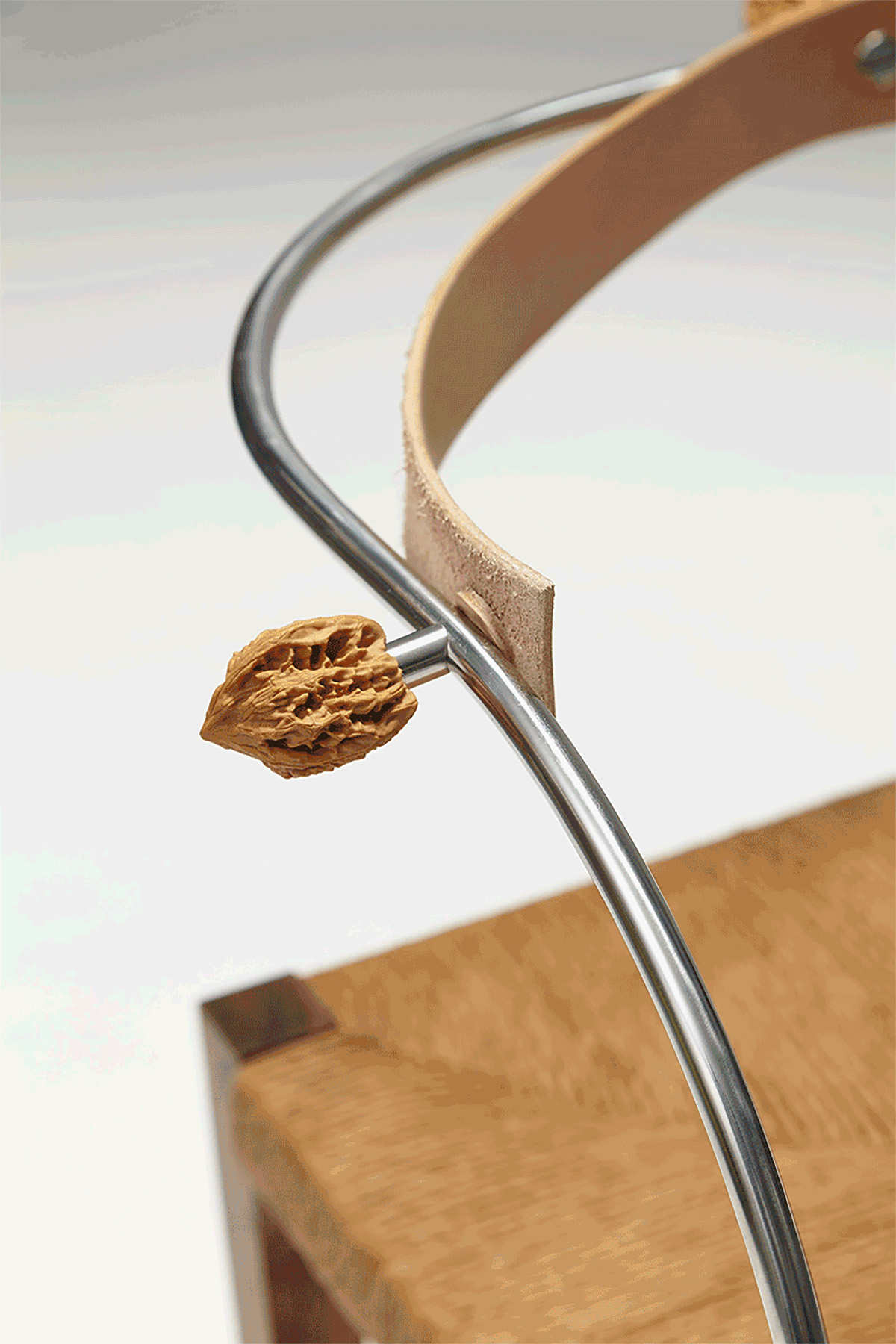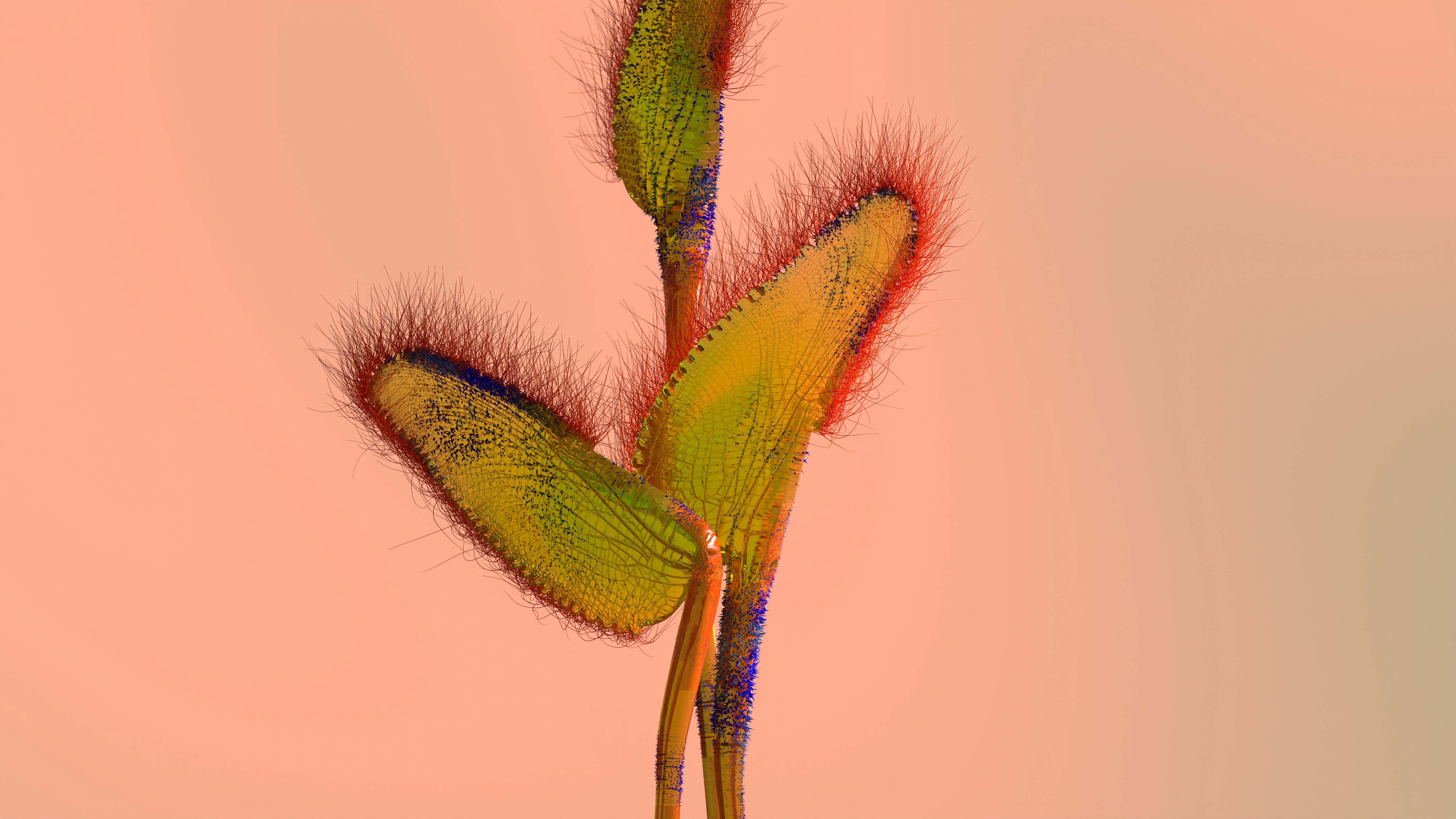This piece is part II of a five-part series by Jen Monroe of Bad Taste and Caroline Maxwell of Wild Dogs International, ‘Balling the Queen: On Honey Bees, Consumption and Collapse.’ Focusing on the plight of pollinators and colony collapse, this series serves as a precursor to their event Balling the Queen: A Dinner Salon Exploring Honeybees, Consumption and Collapse.
In the winter of 2006-2007, beekeepers began to report disturbing findings. Unusually high numbers of their hives had died, with many reporting losses between 50% and 90%. Some hive die-off over the winter is fairly standard: while seasoned beekeepers like to reminisce about the “good old days” when they might lose 5% of their hives over the winter, in 2005 the norm was around 15%. Winter is hard on honey bees, who are very temperature sensitive—they effectively spend most of the season vibrating their bodies to keep the hive and the queen sufficiently warm, and if they haven’t stored up sufficient food the colony won’t survive.
But this winter was different, and it was particularly startling that there wasn’t a clear cause of death. There were no build-ups of dead bees in or around the hive, the deaths weren’t attributable to any of the usual suspects that plague honey bees like Varroa mites or Nosema parasites, and, perhaps most strikingly, the queen and her brood were still present. Since a hive’s first priority is protecting the queen and supporting the rearing of offspring, an entire colony abandoning a queen is very unusual. But bees are also known for a behavior called altruistic suicide: if a worker bee suspects that she’s sick, rather than risk carrying an affliction back to the hive with her she’ll go off on her own and wait to die, which happens quickly as a bee is totally dependent upon her hive. Was it possible that honey bees had been committing altruistic suicide en masse, and if so, why?
Many theories materialized to explain what was causing the newly named Colony Collapse Disorder, or CCD: pesticides, mites, poor nutrition, fungi, antibiotics, viruses, immunodeficiency problems, stress as a result of long-distance hive transportation, increased exposure to pathogens as a result of migratory beekeeping, poor queen health, climate change, cell-phone tower signals. Task forces and research departments sprung up in the hope of finding answers. For many in the field, there was a deep-seated conviction that pesticides were to blame, and with good reason, as there was a clear correlation between CCD and a significant change in the way farmers handle pest prevention. In 2003, a new method of treating crops, called systemic pesticides, had entered mainstream use. Unlike more conventional methods of spray pesticides, these new pesticides are applied as a seed coating, which the plant absorbs and then expresses through its tissues. That means that systemic pesticides are ostensibly safer, easier, and more convenient than sprays: there’s no pesticide air-drift onto neighboring fields, they’re considerably less toxic to mammals and birds, and they don’t come into as much direct contact with field workers. Also, planting and treating crops is a one-step process, without repeated applications, which saves the farmer time and money.
But unlike spray pesticides, which are temporary and topical, systemic pesticides are permanent, which means you can’t move bee hives away from fields during the most toxic times of pesticide application. The entire body of the plant contains neurotoxins at all times. Hypothetically, this can be a good thing, as it controls for human error in pesticide quantity or timing, mistakes in which can lead to pesticide poisoning deaths for millions of bees. But a major downside is that because the dosage of pesticides found in flower nectar and pollen is consistent, it’s a lot harder to understand their long-term effects. When a bee feeds on a flower that’s just been sprayed with pesticides, it can be immediately lethal; whereas when a bee feeds on a flower from a plant that’s been treated with a systemic pesticide, they don’t immediately die. That’s where things start to get tricky: systemic pesticides kill insects by weakening their immune systems, impairing their navigational abilities, disrupting their digestion, and subtly harming the brain, potentially making it difficult for them to learn and remember. This can be particularly devastating for colonial insects like honey bees, since the way they care for their hive and for themselves relies on relaying information to each other, and navigation (honey bees regularly fly more than three miles away from their hive to forage). A honey bee can’t survive for more than 24 hours without her hive, so if she gets lost or confused, it’s a death sentence. And there is evidence to suggest that systemic pesticides, most notably a group of neuro-active insecticides called neonicotinoids, harm bees by impairing their survival and immune responses. France started experiencing CCD-like issues in 1994 when they implemented the systemic pesticide Gaucho, made by Bayer. While bees are typically systematic and organized in their feeding, bees filmed foraging on Gaucho-treated sunflowers were described as disoriented and confused, repeatedly trying to clean themselves, and eventually falling off the flower:
“In France, dressing seeds with Gaucho® was authorised in 1991 for sugar beet, in 1992 for maize and in 1993 for sunflower. Gaucho® was first used in sunflower farming in 1994. After that year, beekeepers started to report alarming clinical signs. After several days of foraging during the sunflower flowering, many honeybees did not return to their hives. Bee behaviour also caused concern: honeybees gathered close together in small groups on the ground or hovered disoriented in front of the hive; foraging behaviour was abnormal; and queens produced increased amounts of brood to compensate for the loss of foragers. In certain cases, dead honeybees were also reported in front of the hives (Maxim, Laura, and Jeroen van der Sluijs 369-406).”
While it’s true that these behaviors could conceivably have been caused by any number of factors, what’s important here is that the purported impacts of these pesticides on bees are sublethal, meaning that if a pesticide manufacturer is trying to prove that their product is safe for honey bees, they can easily demonstrate in a lab setting that honey bees who feed on systemic pesticide-treated flowers don’t die from a single exposure, or even from multiple exposures. What happens after months of small exposures, and what happens in a hive where pollen and honey that might be tainted with pesticides are stockpiled and eaten over long periods of time, across generations, is less clear, and it’s harder to prove (or disprove) anything without extensive long-term study. (Given that a pesticide manufacturer is responsible for conducting their own research into the effects of a new pesticide which they submit to the EPA for review and approval, there are lots of reasons for quick and cursory studies, and for studies which fail to account for how pesticides can be much more harmful for pollinators when used in combination with other commonly used treatments.) What is becoming clearer is that if a honey bee’s health has already been compromised by the stresses of pesticide exposure, she’ll be much less able to fend off other diseases and pathogens. Alarmingly, there’s also much stronger evidence that systemic pesticides cause outsize harm to wild bumblebees and solitary bees, and that they’re related to declines of other non-target species, including insect-eating birds (Hanson 193). Interestingly, though, many of the bee keepers whose opinions and experiences I read, listened to, and heard first hand, insisted that they hadn’t been shown convincing evidence that pesticides, when used correctly, are responsible for the spike in honey bee colony die-offs.
There does, however, seem to be consensus between scientists and the beekeeping community that poor nutrition is a major factor in the honey bee health crisis. Recent research also suggests that Varroa mite—a parasitic mite that’s been an ongoing bane for beekeepers, even pre-CCD—acts as a kind of immunosuppressant on honey bees, weakening them to the point that any small stressor can be fatal. Still, we have yet to find a simple explanation for CCD, but it’s become a less pressing question, as in the past few years the rates of hive die-off over the winter have stabilized somewhat. They’re still much higher than is typical, but recently the deaths have been more clearly attributable to known causes, like queen failure or Varroa mites, meaning that they no longer meets the technical criteria for CCD.
Thankfully, beekeepers are able to breed their hive numbers back up after a die-off—in fact, they have to, as continuously buying new bees is prohibitively expensive. Hive splitting—the process of removing several frames from a large and healthy colony, putting them in a new hive, and introducing a new queen to the new hive—is part of most larger beekeeping operations, as it’s a cheaper way of generating more bees and it prevents a hive from swarming as a result of overcrowding. So while it’s alarming to read statistics about beekeepers losing half their hives, in theory a beekeeper will be able to bounce back if they have enough healthy remaining hives to split. It’s still expensive, but it’s possible, and it’s thanks to splitting that we still have commercial honey bees at all. However, when a beekeeper loses 80 or 90% of their hives, or when their remaining hives are too weak to split, and when these mass splits become necessary year after year, commercial beekeeping starts to become an increasingly expensive and increasingly less viable livelihood. And since 95% of the colonies in the United States are owned by 5% of beekeepers, the failure of a few can be enormously consequential.
It’s worth clarifying that the extinction of the honey bee doesn’t seem terribly likely anytime soon, as they’re a domesticated species that are relatively easy to breed at scale. They’re also not native to this country, and there was a time when feral honey bees were actually considered an invasive species, potentially diverting precious resources from native pollinators and spreading imported diseases that native species had no resistance to. These days feral honey bees in America are virtually non-existent, which is troubling in its own right—more on that later. And while CCD is no longer a pressing issue for beekeepers, the honey bee crisis is still far from over, with winter die-offs occurring at double or triple the “normal” pre-CCD rate. But in hearing from conservationists, melittologists, and entomologists, the consensus seems to be that treating the honey bee crisis as an extinction event is misguided, like being concerned about bird conservation and deciding to breed chickens as a way to help. They are likely not going anywhere anytime soon: what seems more likely is that commercial beekeepers might go extinct, given that it’s such a precarious profession.
Honey bees’ ongoing mass die-offs are certainly troubling and point to many large scale problems, some of which are fairly convoluted environmental issues that might be invisible to the average consumer. With that in mind, the honey bee has been a useful mascot to draw attention to its circumstances. We might think of the honey bee as a useful canary in the coal mine for seeing what links in our food chains and ecosystems are failing, and a starting point for understanding how many of those failures are not just compacted by but actually created by American industrial agriculture.
Sources Cited:
Maxim, Laura, and Jeroen van der Sluijs. “Seed-dressing systemic insecticides and honeybees.” European Environment Agency Report: Late lessons from early warnings: science, precaution, innovation, Volume 1, 2013, pp. 369-406.
Hanson, Thor. Buzz: The Nature and Necessity of Bees. New York: Basic Books, 2018. pp. 193.
* * *
Balling the Queen
- Part 1: The Biggest Pollination Event in the World
- Part 2: A Brief History of Colony Collapse Disorder
- Part 3: On Pollinator Health and Monoculture Farming
- Part 4: Why Should We Care?
- Part 5: Helping the Bees + Event Series Details
















